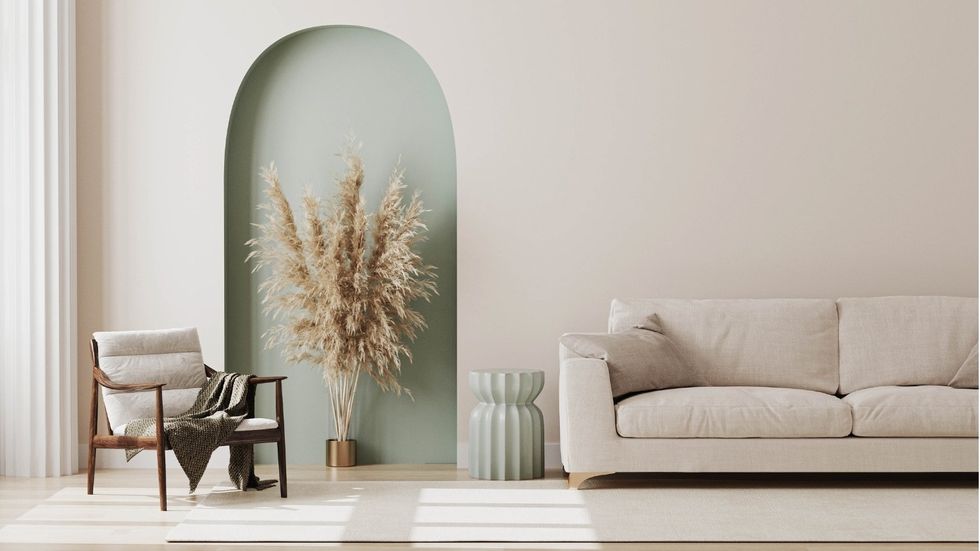Over the years, furniture has become a critical aspect of our lives, playing a key role in the execution of not just functional but aesthetic purposes too. Furniture design has undergone massive evolution over centuries, which clearly indicates the rapid changes taking place in not just societal values but also artistic movements and technological advancements. As far as modern furniture is concerned, contemporary styles and designs have surfaced as a product of the rapidly changing world that we live in.
If you’re interested in the evolution of modern furniture design over the centuries, this blog is for you as we’ll be discussing the art of modern furniture, taking a close look at innovative styles and designs that define the present era. So, let’s get started.
What is Contemporary Furniture Design All About?
Contemporary furniture design mainly revolves around a careful combination of the principles of top-notch functionality, simplicity, and minimalism. It focuses on elaborate designs, which entail clean lines and shapes, and smartly leveraging materials that are required for furniture design. A major characteristic of contemporary furniture design is the ease with which it seamlessly blends with different interior designs and styles, thereby, making it an obvious choice for today’s households and office spaces- thanks to its unmatched versatility.Scandinavian style
The Scandinavian style is one of the most well-known modern furniture designs. Tracing its origins to Nordic countries, the Scandinavian design is popular for its light colors, clean and organic forms, and natural materials. What’s quite impressive about Scandinavian furniture is that functionality lies at its very center. Also, its strong emphasis on the efficient use of space makes it highly practical in today’s day and age. Moreover, Scandinavian furniture is ergonomically designed to prioritize comfort. Thus, you get furniture that is not only appealing to the eyes but is also highly comfortable to use.
Apart from the Scandinavian furniture design, the Mid-Century Modern style is also highly popular. This design emerged in the mid-20th century and relies primarily on the use of unconventional materials like metal, fiberglass, and molded plywood. The sleek, minimalistic design and creative use of the latest technologies are the major features of Mid-Century design.
The Role of Experimentation and Technology in Modern Furniture
Modern furniture design has evolved greatly over the years and now involves aggressive experimentation with materials. While conventional materials like leather and wood are still widely used, designers across the globe are now also exploring the potential of materials like glass, plastic, and even recycled and upcycled materials.
The heightened focus on sustainability and eco-friendly design has brought about a surge in environmental-friendly furniture, which allows designers to reuse old materials and other sustainable alternatives to create aesthetically pleasing furniture.
Another factor that has had a massive influence on modern furniture design is the rapid surge in technological advancements. Technology in furniture design has penetrated to an extent that you could go to any furniture store in Melbourne, Sydney, or Canberra and you would get to see everything from chairs with integrated speakers to tables with in-built wireless charging capabilities. This ensures both convenience and functionality at the same time.
Furniture Design in Outdoor Settings
While there was once a time when furniture was considered a completely indoor item, it has gradually found its way to outdoor settings too. In fact, outdoor furniture has evolved beyond the conventional iron and plastic chairs and involves the use of a wide range of materials these days. Therefore, it’s no wonder that from sleek and minimalist aluminum furniture to weather-resistant togo sofas, every contemporary furniture now offers a wide array of choices for the creation of stylish and functional outdoor spaces.
This has become possible largely because of high-level collaborations between manufacturers and designers, who have together played a key role in defining the art of modern furniture design. While manufacturers bring their technical expertise and production capabilities to the table, designers contribute through their artistic vision, which they use to come up with creative and innovative pieces.
Wrapping Up
The art of modern furniture bears ample testimony to the depth of human creativity and innovation. Contemporary furniture designs not only symbolize functionality and minimalism but also incorporate sustainable practices and eco-friendly materials. And as we continue evolving, modern furniture design will also further undergo massive changes to keep up with the ever-growing needs and aspirations of modern societies.



























